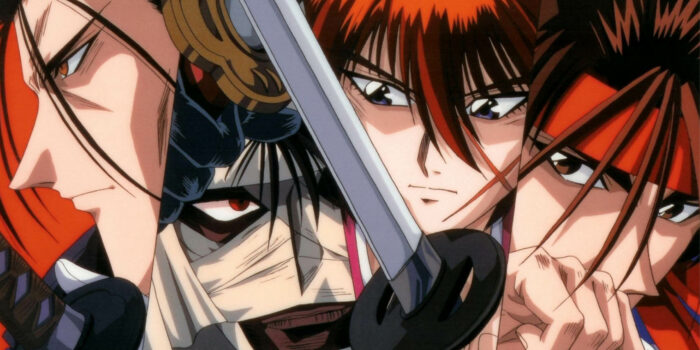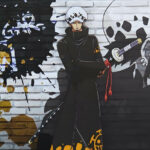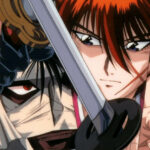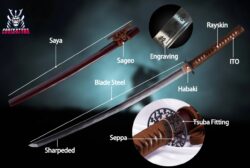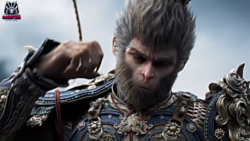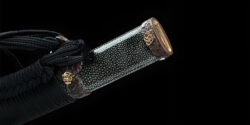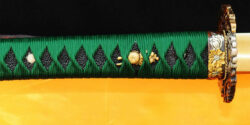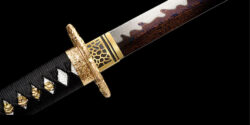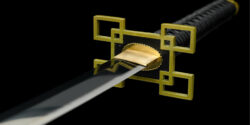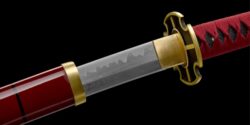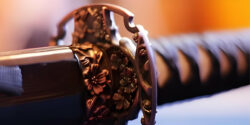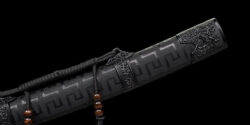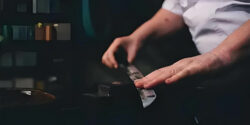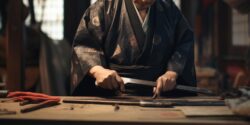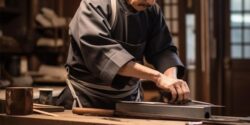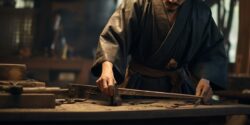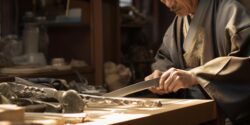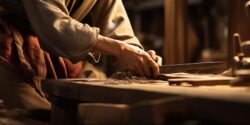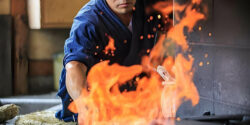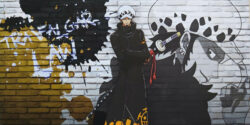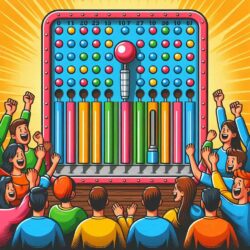The Sacred Blade: The Symbolism and Purpose of Kenshin’s Sakabatou
Why Does Kenshin Wield a Reverse Blade?
Kenshin Himura, the central figure of Rurouni Kenshin, is renowned not only for his remarkable skill with a sword but also for his firm resolution to never kill again. This vow is encapsulated in the Sakabatou, or reverse-blade sword, a weapon that defies the lethal nature of traditional katanas. During the tumultuous Bakumatsu era, Kenshin earned the feared title ‘Hitokiri Battousai’ for the many lives he took. However, after the Meiji Restoration, Kenshin embraced a path of redemption, and with it, the Sakabatou—a blade not designed to end life, but to protect it. This decision reflects his transformation from a ruthless assassin to a protector of peace, with the Sakabatou serving as a daily reminder of this shift.
The Creation and Meaning Behind the Sakabatou
The Sakabatou was crafted by the legendary swordsmith Arai Shakkou, who understood Kenshin’s deep-seated desire for atonement. Unlike a typical katana, the Sakabatou’s sharp edge is reversed, meaning its cutting power is not directed outward, allowing Kenshin to neutralize opponents without killing them. This clever design aligns with Kenshin’s personal philosophy, blending traditional swordsmanship with a commitment to non-violence. For sword enthusiasts and those fascinated by the craft of historical weapons, the Sakabatou represents an innovation that merges martial practicality with moral symbolism.
Kenshin’s Sword: A Blade of Redemption
The Sakabatou holds profound significance beyond its physical form—it symbolizes Kenshin’s internal conflict and his pursuit of redemption. With each strike, Kenshin is reminded of his past as an assassin, reinforcing his promise never to kill again. The reverse-blade serves not only as a tool in battle but as a spiritual anchor. Whether gripping the sword’s hilt or observing the finely crafted katana handle, Kenshin is constantly grounded by the weight of his past and his pledge to live for peace. The sword’s craftsmanship, while intricate and functional, also serves as a reflection of the complex journey Kenshin undertakes.
Cultural and Spiritual Meaning of the Sakabatou
Arai Shakkou’s creation of two Sakabatou swords—one for Kenshin and one for ritual atonement—adds a layer of spiritual depth to the blade. When Kenshin’s first Sakabatou is shattered in his battle with Seta Soujiro, he is given the second, “true” Sakabatou by Shakkou’s son. This new sword not only enhances Kenshin’s combat capabilities but also represents the collective repentance of those, like Shakkou, who contributed to violence in the past. In the hands of Kenshin, the Sakabatou embodies both martial artistry and a deep sense of atonement, making it a unique and powerful blade in the realm of realistic katanas.
The Sakabatou as a Symbol of Redemption
The reversed edge of the Sakabatou is a tangible reminder of Kenshin’s former sins. Every time he draws the blade, the inward-facing sharpness reflects the pain of his past, keeping his vow intact. The subtle details in the sword’s design—from the sword pommel to its overall balance—are not just functional but serve to reinforce its symbolic weight. The cross-shaped scar on Kenshin’s cheek is a physical manifestation of his internal burden, while the Sakabatou itself is a testament to his ongoing penance. Whether displayed on a sword wall mount or wielded in battle, the Sakabatou stands as a legacy of redemption, far more than a mere weapon.
Conclusion: The Lasting Legacy of Kenshin’s Sakabatou
The Sakabatou is an enduring symbol of Kenshin’s resolve, embodying themes of forgiveness, redemption, and non-violence. Its significance in Rurouni Kenshin goes beyond the realm of combat, offering insight into the personal journey of a man who seeks peace over bloodshed. For those fascinated by the artistry of katana parts or the deeper meanings embedded in sword designs, the Sakabatou remains a remarkable and unique creation. This reverse-blade sword stands at the intersection of tradition and transformation, offering both a cultural and personal symbol for Kenshin and his journey toward inner peace. Whether you’re a collector or simply intrigued by the philosophy behind name swords, the Sakabatou invites reflection on the power of redemption.
Hand Forged Rurouni Kenshin Sakabato Katana Sword 1095 Steel Reversed Cutting Edge Black Battle Ready
At some events, fans demonstrate their swordsmanship skills, paying tribute to anime’s legendary battles. Conventions even hold swordsmanship competitions, letting enthusiasts showcase their passion and creativity with these iconic weapons. Certain anime weapons hold special significance for fans, influencing anime swordsmanship and sparking interest in related merchandise. Celebrations at various anime events further boost their popularity. These weapons symbolize strength and courage, leaving a lasting mark on the anime world.
